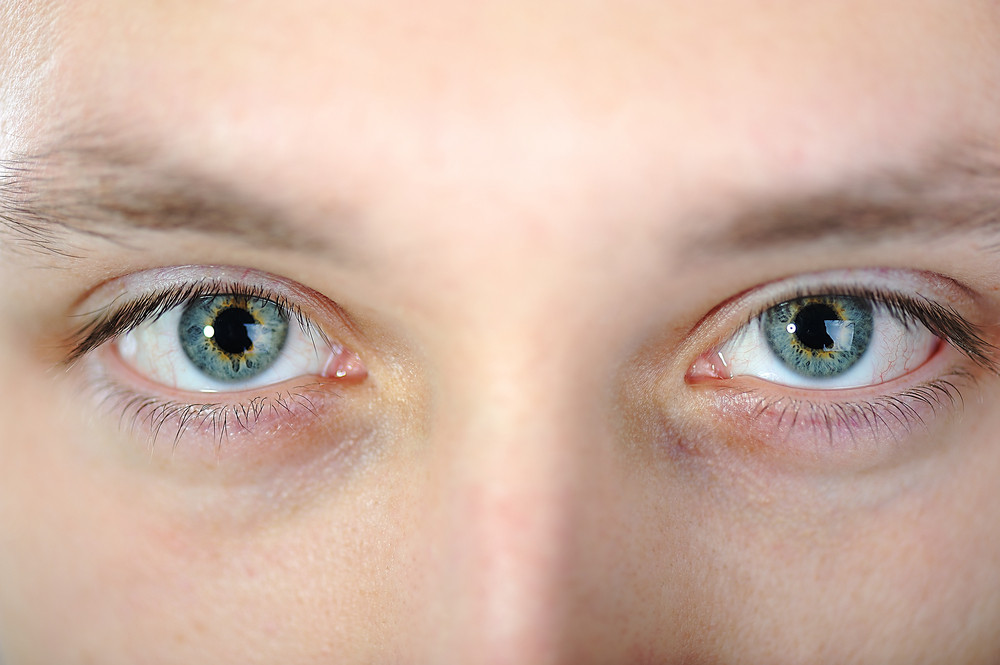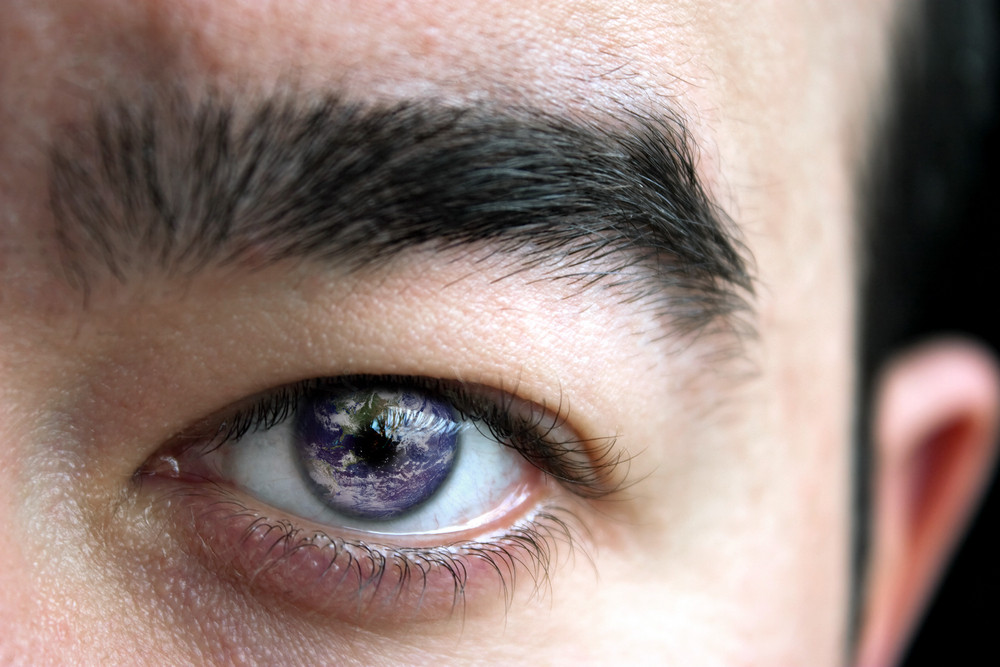

Photorefractive Keratectomy (PRK) is a type of refractive eye surgery designed to correct vision issues such as myopia (nearsightedness), hyperopia (farsightedness), and astigmatism. This procedure offers an effective alternative for patients who may not be suitable candidates for LASIK surgery. One of the key considerations for potential patients is the PRK recovery time, which can vary based on individual healing processes and the extent of the correction needed. Despite the recovery phase, the benefits of undergoing PRK surgery are numerous, spanning from immediate visual improvements to long-term satisfaction and enhanced life quality.
Visual Clarity and Independence from Corrective Lenses
The primary benefit of PRK eye surgery is the significant improvement in visual acuity. Many patients achieve 20/20 vision or close to it following the procedure, enabling them to perform daily tasks without the dependence on glasses or contact lenses. This newfound clarity can profoundly impact personal and professional life, boosting confidence and opening up opportunities that were previously limited by poor vision.
Safety and Effectiveness
PRK has been performed for over three decades, offering a long track record of safety and effectiveness. The technique involves reshaping the cornea using an excimer laser, which allows for precise correction of refractive errors. Unlike LASIK, PRK does not involve creating a corneal flap, which eliminates the risk of flap-related complications and makes it a safer option for individuals with thin corneas or those engaged in contact sports.
Gradual and Lasting Results
One aspect of PRK recovery time that patients should prepare for is the gradual improvement in vision. Unlike LASIK, where visual acuity sharpens rapidly, PRK results unfold over several weeks or months as the eye heals. This gradual improvement can be a testament to the body’s natural healing process, leading to stable and lasting outcomes. Most patients find the wait worthwhile when they experience the ultimate clarity and freedom from corrective lenses.
Minimal Long-term Risks
PRK’s approach to reshaping the cornea on its surface layer minimizes the risk of enduring complications. Since there is no corneal flap created, patients do not face the risk of flap dislocation or ectasia (a condition that causes the cornea to bulge) post-surgery. Moreover, advancements in technology and surgical techniques have significantly reduced the occurrence of post-surgery haze, a temporary clouding of the cornea that used to be more common in the early days of PRK.
Enhanced Quality of Life
Beyond the tangible benefits of improved vision and safety, PRK can significantly enhance one’s quality of life. Activities like swimming, playing sports, or engaging in outdoor adventures become more accessible and enjoyable without the inconvenience of corrective lenses. Moreover, the financial savings over time, by eliminating the need for ongoing expenses on glasses, contact lenses, and associated care products, can be considerable.
While the PRK recovery time is a crucial factor to consider, it is just one part of the equation. The numerous benefits of PRK surgery, from enhanced visual acuity and safety to the profound positive impact on one’s lifestyle and finances, make it a compelling option for those seeking to correct their vision permanently. As with any medical procedure, consulting with a qualified ophthalmologist to discuss personal needs and expectations is essential in making an informed decision.







